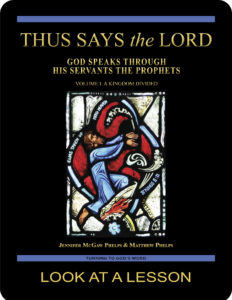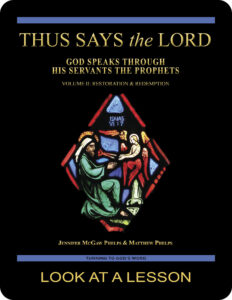Abba, father
 At liturgical celebrations of the Solemnity of the Most Holy Trinity, a reading from Paul’s Letter to the Romans 8:15 (NABRE) contains language of prayerful address to God: “but you received a Spirit of adoption, through whom we cry, ‘Abba, Father!’” This prayer shows us a common address for God, Abba, as well as the Greek translation of that address, a word that means “father.” Our English translation follows the same pattern. Throughout the New Testament, when the word Abba is used, it’s offered alongside a translation. What is significant about this word Abba in the context of prayer that leads it to be included rather than just translated?
At liturgical celebrations of the Solemnity of the Most Holy Trinity, a reading from Paul’s Letter to the Romans 8:15 (NABRE) contains language of prayerful address to God: “but you received a Spirit of adoption, through whom we cry, ‘Abba, Father!’” This prayer shows us a common address for God, Abba, as well as the Greek translation of that address, a word that means “father.” Our English translation follows the same pattern. Throughout the New Testament, when the word Abba is used, it’s offered alongside a translation. What is significant about this word Abba in the context of prayer that leads it to be included rather than just translated?
The Aramaic word Abba comes from a root Ab that is common to many Semitic languages and as such comes with a connotation of the role of a father unique to middle-eastern culture. The Greek translation πατήρ (pater) lacks this same connotation. One oft-repeated but incorrect view of Abba is that it means something like “daddy” and is an informal term used by children, though textual evidence shows adult children also referring to their fathers as Abba. A more convincing argument suggests that Abba contains an inherent emphasis not only on intimacy in the relationship but also on the authority of the father figure and the obedience of the child. In this view, the address Abba defines not only the role of the father but also the role of the child.
In this context, beginning a prayer by calling God Abba or Father reminds us both of the role and authority of God and also of our own place and responsibility in the relationship. It’s likely for this reason that Jesus himself chose to begin his prayer by addressing God as Father.
Consider how you see yourself in relationship to God and how that view affects your prayer and your life.
you also may like our two-part study of the prophets

 Thus Says the LORD: God Speaks Through His Servants the Prophets—Volume I: A Kingdom Divided examines the prophets in their historical context using the First and Second Books of the Kings and other Old Testament passages written before the Babylonian Exile in 586 B.C. Volume II: Restoration & Redemption looks at the post-exilic prophets. This 51-lesson Catholic Bible study builds on The United Kingdom of Israel: Saul, David & Solomon Foreshadow Christ the King. Click on the books’ covers to view a sample lesson from each volume.
Thus Says the LORD: God Speaks Through His Servants the Prophets—Volume I: A Kingdom Divided examines the prophets in their historical context using the First and Second Books of the Kings and other Old Testament passages written before the Babylonian Exile in 586 B.C. Volume II: Restoration & Redemption looks at the post-exilic prophets. This 51-lesson Catholic Bible study builds on The United Kingdom of Israel: Saul, David & Solomon Foreshadow Christ the King. Click on the books’ covers to view a sample lesson from each volume.
 Click on the picture of the statue of Moses with horns (above) to learn more about Lost in Translation. A new entry is archived each Monday. Contact us to receive Lost in Translation by email every week. You may use any of the contact links on our website to ask Matthew a question.
Click on the picture of the statue of Moses with horns (above) to learn more about Lost in Translation. A new entry is archived each Monday. Contact us to receive Lost in Translation by email every week. You may use any of the contact links on our website to ask Matthew a question.
